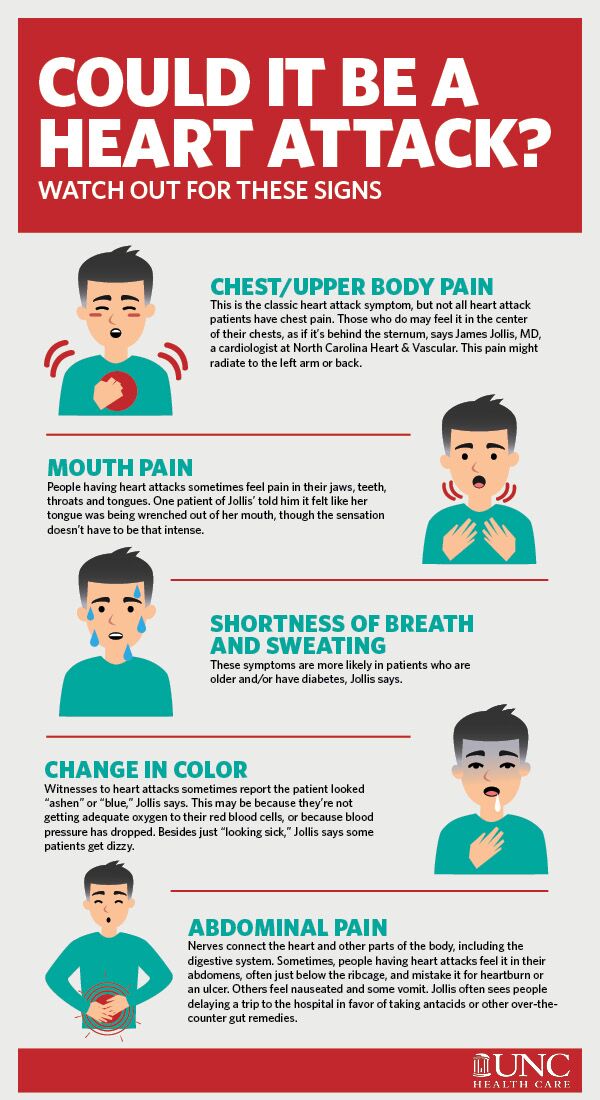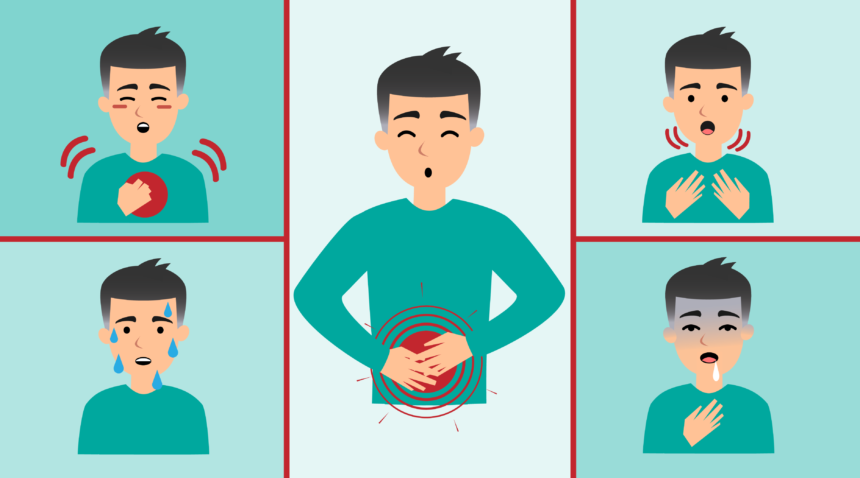We all know what a heart attack looks like on TV: The character clutches his chest, groans and falls to the floor.
In real life, it’s not always so clear.
People having heart attacks are often skeptical of what’s happening to them, says James Jollis, MD, a cardiologist with North Carolina Heart & Vascular. “I don’t know if it’s because you’re healthy for years and don’t expect it to happen to you, but there’s a built-in kind of denial. I can’t tell you how many people I’ve treated where their spouses saved them because they paid attention to the symptoms.”
Dr. Jollis says there are two types of heart attacks: cardiac arrest, in which the heart stops beating, and myocardial infarction, which is a blocked artery leading to the heart. Most people who have a cardiac arrest will die before they reach the hospital, and those symptoms are pretty obvious, Dr. Jollis says: unresponsiveness and irregular or stopped breathing.
Myocardial infarctions are the more common heart attack, and while they are more treatable, they also can be deadly. The lack of blood flow to the heart causes its tissue to start dying, and it is crucial to reopen the blocked artery within 90 minutes of symptom onset, Dr. Jollis says.
It’s important to remember all of the possible symptoms of heart attack, both for ourselves and the people around us. If you have these symptoms or witness someone else having them, call 911. (And remember that not all people having heart attacks will have all these symptoms.) Calling an ambulance ensures that medical care can begin right away, in your home, which can be lifesaving.
“In 2017, nobody should have to die of a heart attack,” Dr. Jollis says. “We have treatments that are effective.”

Looking for a cardiologist? Find one near you.

